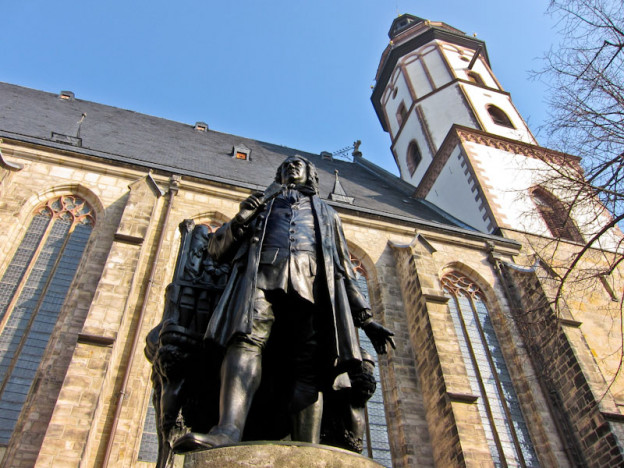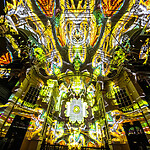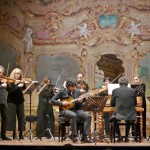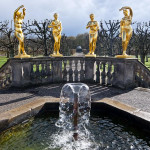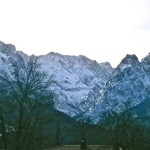Rupert Parker hits the music trail in Leipzig, the largest city in Germany’s Saxony.
In the last few years, Leipzig has undergone something of a rebirth, despite being substantially destroyed during WW2, and then undergoing a long period of austerity under the communists. Where possible, ruins have been rebuilt and, in the gaps, new buildings blend harmoniously with the historic. Even the massive Augustusplatz, from the GDR era, the Oper Leipzig opera house facing the glass-walled Neues Gewandhaus concert hall, has a new lease of life.
The city has been a trading hub since the 12th century, when it was granted market privileges, perfectly placed at the crossroads between east and west. Merchants, mainly fur traders came here from Russia and Poland to sell and show their wares. Elaborate arcades, courtyards and showrooms were constructed for temporary exhibitions and, despite being badly damaged in WW2, many still exist.
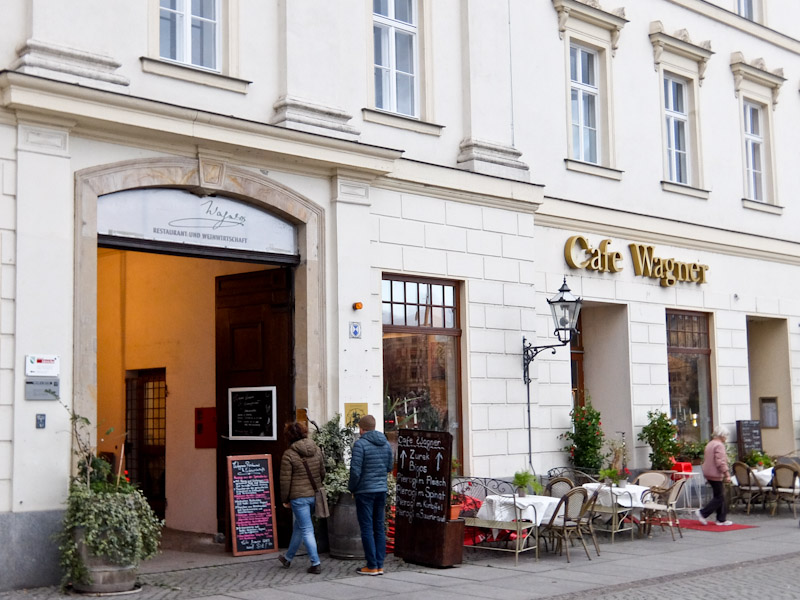
The most famous arcade is the 1914 Mädler Passage, a mix of neo-Renaissance and art nouveau, which incorporated older buildings notably Auerbach’s Keller. This restaurant featured in Goethe’s Faust – the famous writer studied law at the university here between1765 to 1768 and nicknamed the city “Little Paris.
But it’s the many accomplished composers, including Bach, Mendelssohn, and Wagner, who’ve left their mark on the city. The three-mile Leipzig Music Trail follows their illustrious footsteps and right in the centre is the Thomaskirche where Johann Sebastian Bach is buried
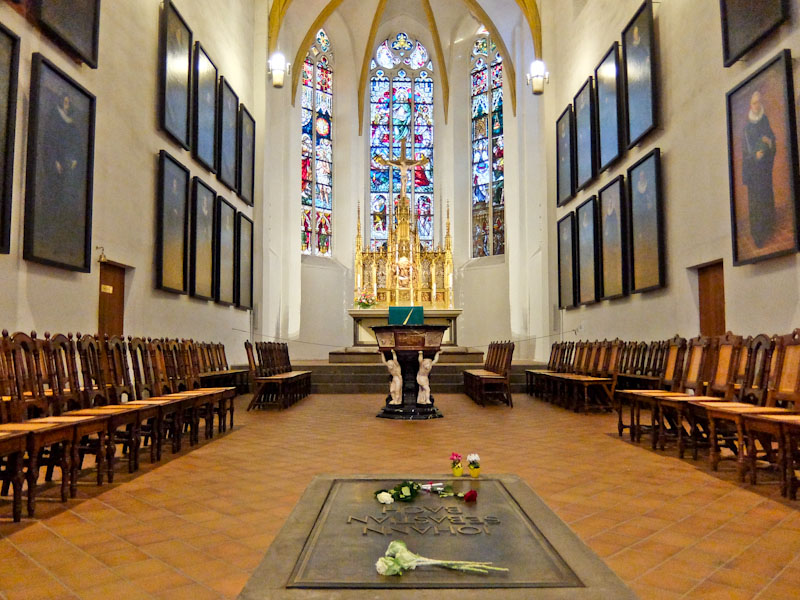
Appointed as Cantor to the Thomasschule in 1723, Bach spent 27 years providing music for four churches in the city including the Thomaskirche and Nikolaikirche. Part of the job was instructing the students in singing and the Thomanerchor, founded in 1212, with young boys drawn from the surrounding area, already had a strong reputation.
In Bach’s time, the choir consisted of about 50 singers, of which the best 16 were used for performances of his cantatas. Nowadays it numbers 100, with boys aged eight to 18, and you can hear them for a small charge every Friday and Saturday inside the Thomaskirche. Outside is an imposing bronze sculpture of the composer paid for by Mendelssohn.
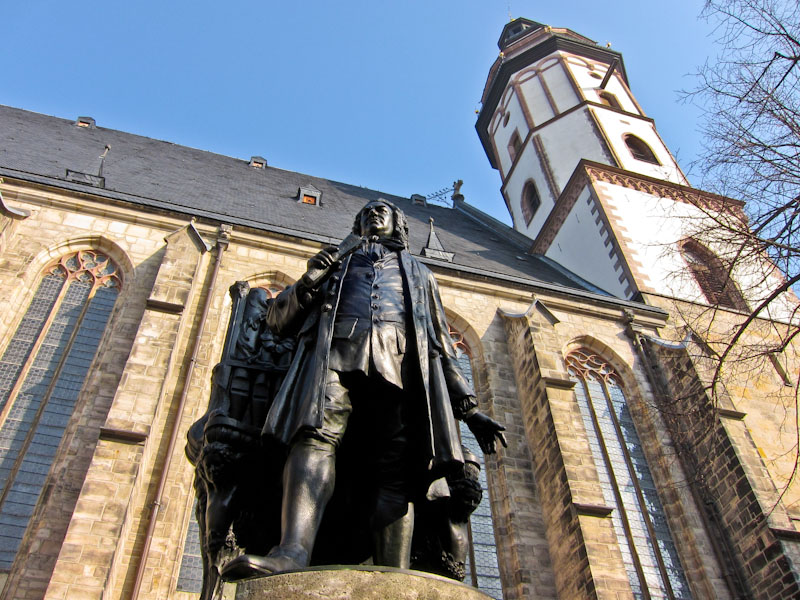
Opposite is the Bach Museum containing original manuscripts and personal items, including the console of an organ inspected and approved by Bach himself in 1743, a casket containing relics from Bach’s tomb, and a recently discovered travel trunk. Interactivity is a feature and you get the chance of arranging a Bach chorale or guessing the date of one of the manuscripts. You can also listen to everything he ever wrote, at the push of a button, or acquaint yourself with the sound of individual baroque instruments
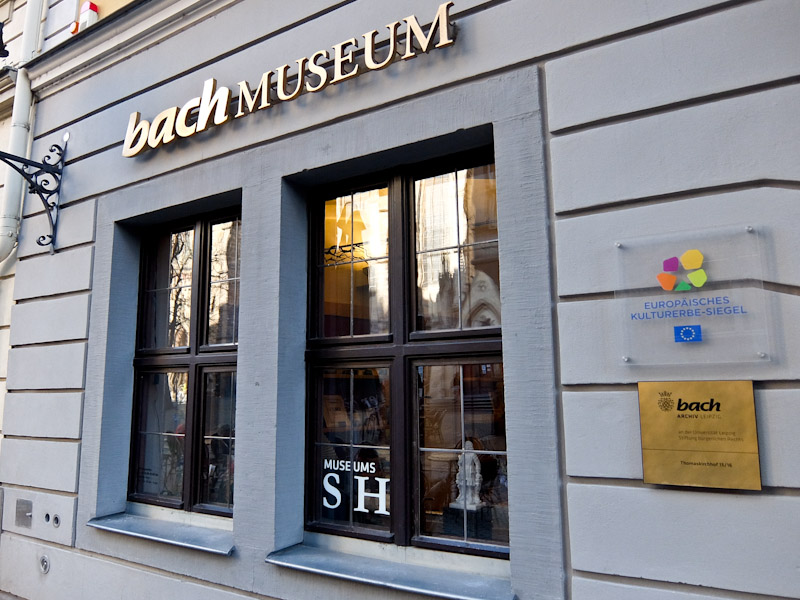
Bach’s music fell out of fashion until Felix Mendelssohn championed its revival in the 19th century. He was born in Hamburg but came to Leipzig in 1835 to become music director of the Leipzig Gewandhaus Orchestra and worked with the opera house, the Thomanerchor and the city’s other choral and musical institutions. In 1843, he founded the Leipzig Conservatory and the city soon became the music capital of Germany. He died tragically young at 38, not long after his sister Fanny passed away.
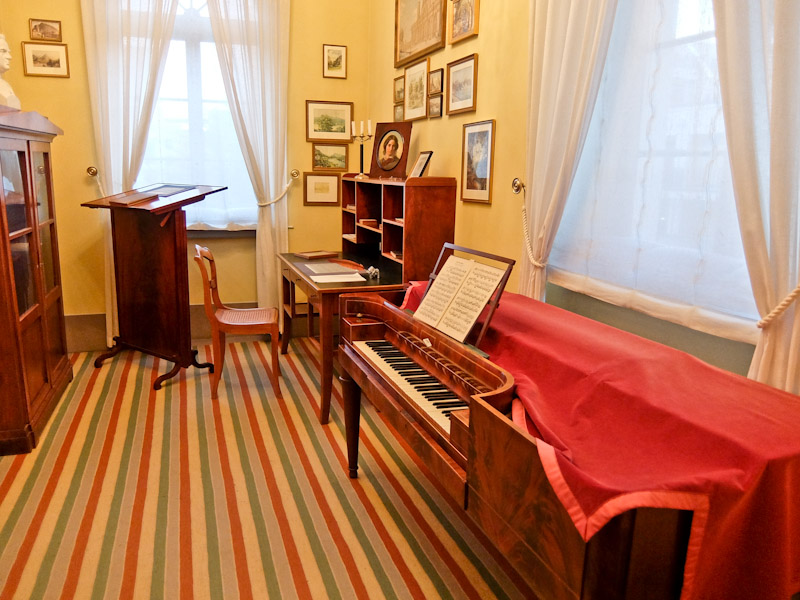
The house where he spent the final years of his life is now a museum dedicated to the two of them and the rooms upstairs, where the Mendelssohn family lived from 1845, is furnished in authentic late Biedermeier style. There’s also a small concert hall here which has performances every Sunday morning.
The most famous musical son of the city is Richard Wagner who was born here in 1813 and studied at the Thomasschule. His music was first performed in the city when he was just 17 years old. He famously submitted his first symphony to Mendelssohn, who was so impressed he promptly lost it, much to Wagner’s disappointment. An exhibition in the basement of the Alte Nikolaischule details his time in the city from 1813 to 1834.
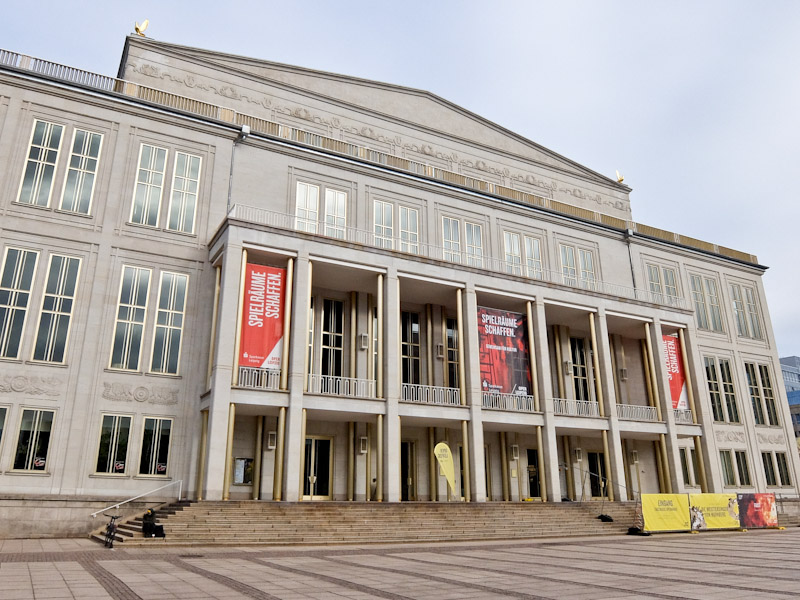
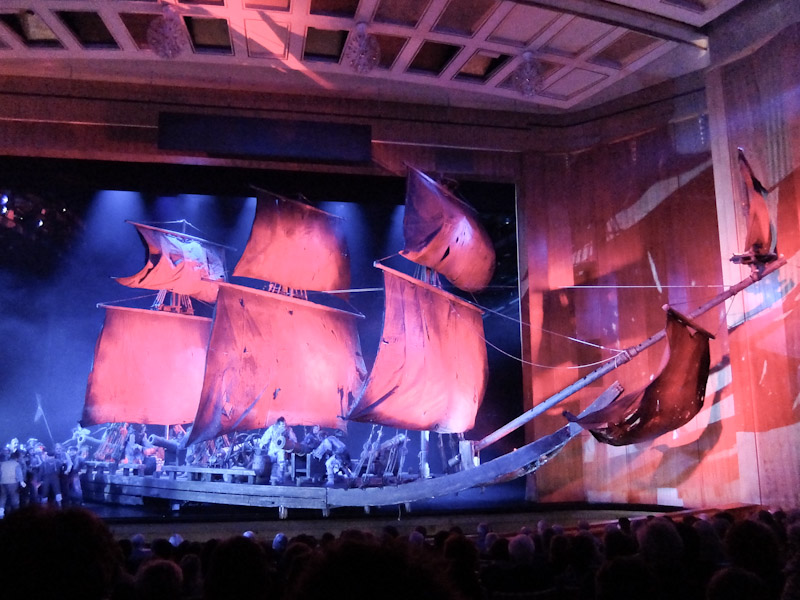
I’m lucky enough to get seats at the Opera for a performance of his famous Flying Dutchman. The original opera house was destroyed during the war by RAF bombs just after a performance of Wagner’s Valkyrie. It was rebuilt in 1960, an example of functional Communist architecture, but it’s comfortable enough inside and has the largest stage in Germany.
Best of all, the acoustics are impressive, and the Gewandhausorchester and singers are impeccable. They really push the boat out here, literally, as a full size three-masted ghostly schooner appears on stage in the climactic scenes. Together with a large cast, all in period costume, it’s an exhilarating experience. Next summer Wagner 22 will see performances of all 13 of his operas over three weeks.
Tell Me More About Visiting Leipzig
Leipzig Travel has information about the city. Oper Leipzig has details of performances at the Opera.
The Mendelssohn House has a list of concerts. Ryanair flies direct to Berlin Brandenburg then it’s a 90-minute train journey.
The Hyperion Hotel makes a comfortable base right next to the station. The Panorama Tower has food with a view from the 29th floor.
Auerbachs Keller is the oldest restaurant in the city and serves traditional German fayre.
Restaurant Weinstock is in the old marketplace and has tasting menus. Hans im Glück is good for burgers in Augustusplatz.

